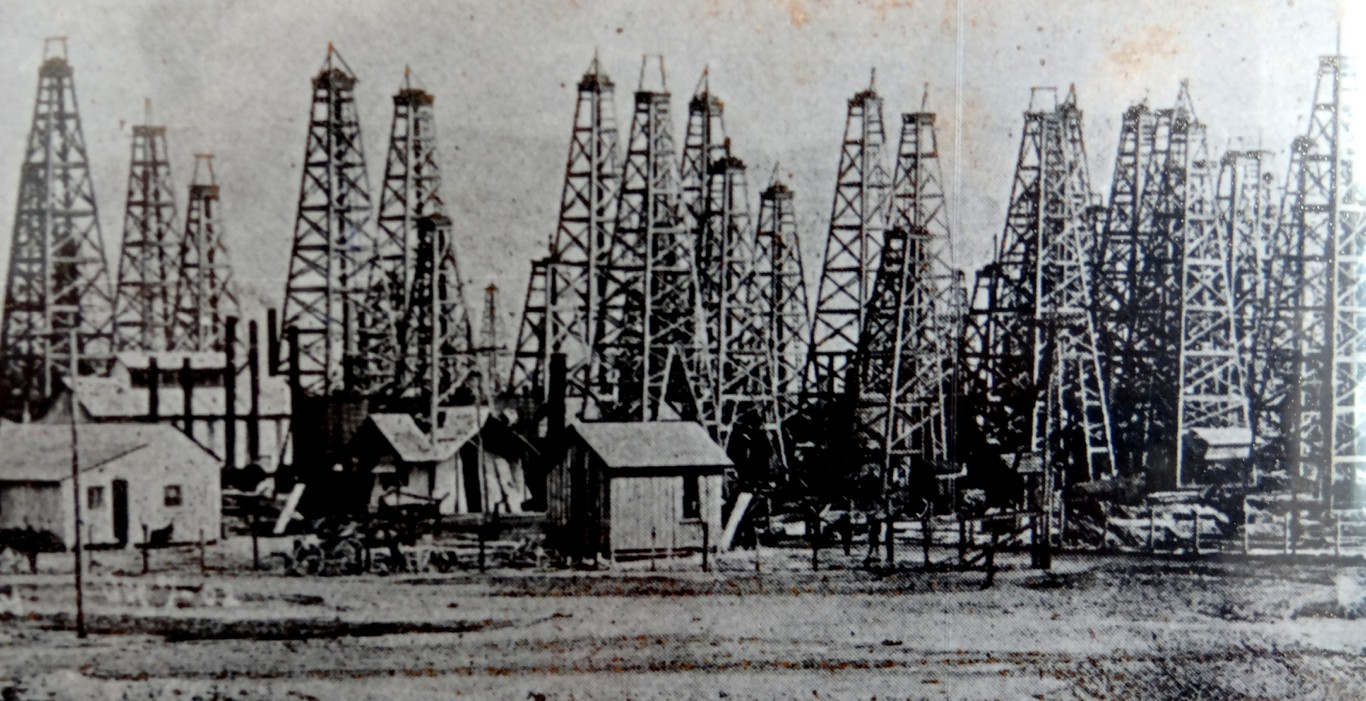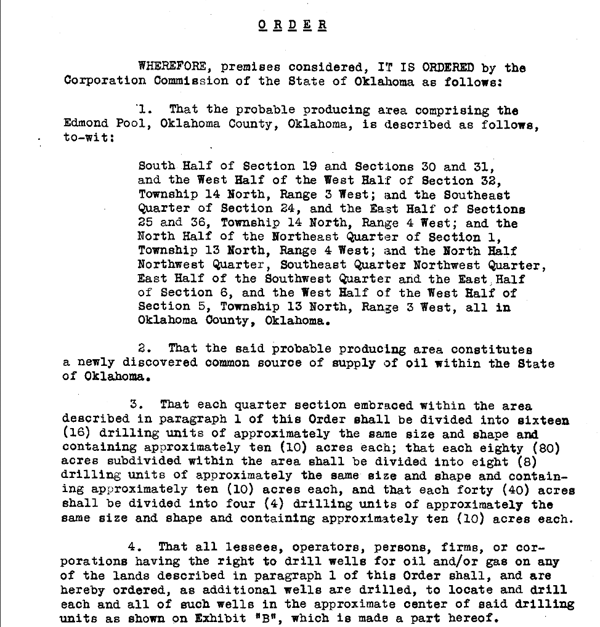At Oseberg, we think differently. Nowhere does this apply more than to the data we collect, the reasons we have chosen to collect it, and how we present it to our users. Well spacing is an excellent example of this.
While the concept of well spacing exists everywhere, it is enacted in a unique way in Oklahoma. The high-level (what we call “headline”) attributes related to spacing that most data companies provide do not always paint the full picture.
We knew that presenting spacing in a different way would significantly help our clients find open acreage and monitor their competitors’ activities. Beyond the “headlines” what our clients really cared about were the diamonds in the rough –critical information hidden in a sea of data.
We are proud to say that our Oklahoma spacing data is the best in the industry, and we will soon be able to say the same thing for Texas (stay tuned for a post about this!).
What is Spacing?
Spacing is, broadly speaking, the process by which states regulate the number and location of wells that can be drilled on any given amount of acreage and into any given common source of supply.
The goal of spacing is to protect natural resources and promote responsible production. For example, spacing rules prevent 100 operators from drilling wells simultaneously into the same common source of supply at a very high density. That would essentially kill any reservoir and leave a ton of unrecoverable oil and gas stuck in the earth. Think of the visuals from the film “There Will Be Blood.”
THE REGULATORY BODIES (THE RAILROAD COMMISSION IN TX AND THE OCC IN OKLAHOMA), SAW THIS.

Spindletop, CA. 1910. A great example of development before spacing.
AND, RECOGNIZING THE HARM AND WASTE CAUSED BY UNREGULATED DEVELOPMENT, PRETTY MUCH DID THIS TO THE WILDCATTERS:
“There Will Be Blood,” Director Paul Thomas Anderson’s instant classic about the early days of wildcatting.
The Railroad Commission in Texas was the first regulatory body to enact Spacing regulations in 1919 (Rule 37). Oklahoma soon followed suit with the Well Spacing Act of 1935, and the Oklahoma Corporation Commission began holding hearings to establish drilling and spacing units for each and every section where operators thought to drill for oil and gas. By regulating the number of and distance between wells, the regulatory powers that be could effectively protect reservoir development — and the rights of the mineral owners in each reservoir. Below, Marathon Oil Company’s application is granted in this 1935 Spacing order for a well in Oklahoma County:

One of the earliest spacing orders in Oklahoma.
How does spacing work in Oklahoma?
In Oklahoma spacing is governed by the Oklahoma Corporation Commission (OCC). Operators apply for spacing by filing applications at the OCC that request the establishment of a spacing unit in a common source of supply.
The OCC dictates that operators are allowed to drill one well per unit. Typically, operators start with cursory leases, followed by a spacing application, followed by more leasing, and, finally, a pooling and a permit filing before drilling operations commence.
Quite a bit of work goes into an area well before a drill bit touches the earth. Complicating matters even more, the most recently spacing order usually doesn’t tell the full story of a section in Oklahoma. Most of the time, newer spacing orders amend prior spacing orders, but will do so only in part. Operators file applications for spacings to amend certain formations and depths, but they may not mention formations that they aren’t concerned with. Therefore, it’s important to look at the full history of spacing orders to understand how a particular section is spaced across all depths.
Knowing the ins and outs of the process — and having painstakingly researched many of these spacing requirements by hand and interviewed professionals in the industry from large and small companies alike — we decided to build our dataset with the most detail and the best historical lookback possible. In short, we didn’t leave any data in the document for our users to find themselves. It’s all there — everything you need to get yourself ready to drill a well.
How Oseberg Collects Spacing Data in Oklahoma
We built our dataset with the following principles in mind:
- Build a complete historical dataset because Oklahoma spacing orders at times amend or vacate former spacing units.
If we had built a dataset with only 10-20 years of history, we would not be able to provide our clients a full understanding of the current spacing for a particular formation in a particular section. Having the full history allows engineers to look back at how the reservoir has been depleted and/or improvements in extraction techniques that have happened over time. It’s not just the current spacing requirements which dictate how many wells can be drilled and therefore the cost of the drilling program and the EURs from the Unit.
Furthermore, and perhaps more importantly, the most recent spacing document does not reflect the complete picture of how an entire section is spaced. Spacing orders can overwrite previous spacings entirely or in part, which means that you must collect data all the way back to that section’s first spacing order to know the complete current spacing in a section. As any operator will tell you understanding both current and historical spacing is critical prior to initiating drilling operations as well as in the pre-drilling and leasing phases of development.
- Include attributes related to formation, unit size and configuration (e.g. horizontal, vertical, etc).
The depth of spacing attributes we provide at Oseberg is one of the richest in the industry and is what differentiates our datasets from others. In comparison, other data providers typically only include the legal description, document identifiers, and hearing information. This level of detail allows our users — we’ll have case studies on this later — to predict activity with more certainty and well ahead of their competition (provided their competition isn’t using Oseberg too!).
Interested in seeing what these datasets look like in your area of interest? Contact us for a demo.
